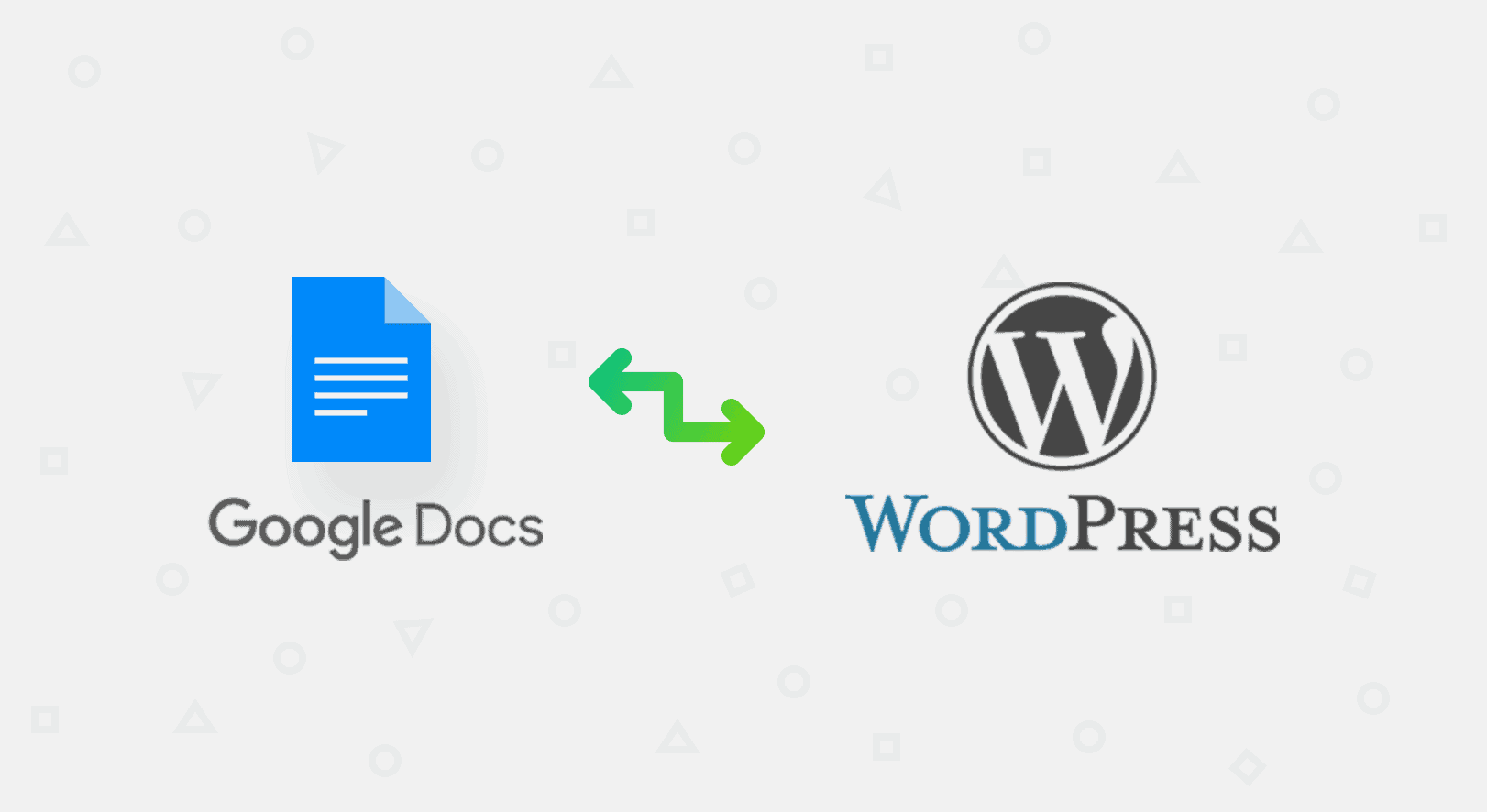Time series database management systems are nothing new, but they have been quite the rage recently – so much so that iot time series data hour influxdata, along with other leading data analytics players, have hailed it as ‘data of the hour’. For businesses, there’s no excuse not to be leveraging this technology, especially since major database vendors have been actively promoting their platforms for time-series use cases. But how exactly can you use it to your advantage? Keep reading to learn more.
Table of Contents
What Is Time Series Database Management?
A time series database (TSDB) is essentially a system that’s optimized for storing and querying any type of data that changes over some time. It’s also often referred to as time-stamped data and is usually gathered from the same source to maintain consistency and see progress. MongoDB goes on to explain that these systems can track volumes of data changes by the second, minute, daily, monthly, yearly, and by custom time intervals. And although TSDBs were intended mainly for financial purposes, businesses can already think of all the data possibilities.
What Are Its Use Cases?
One of its main uses is data summary and reporting, wherein businesses can get a summary of data for custom times in a more optimized method. You can receive accurate reports even for the smallest measurements of time, such as milliseconds. It’s also used in sales forecasting, which allows sales teams to predict the performance and trends for the next quarter. Smart devices can also be linked to this technology, as it’s able to track usage and any patterns that emerge. And of course, it’s frequently used to make stock market predictions.
Why Do Businesses Need Time Series Management?
According to Verified Market Research, the global TSDB market was valued at $273.56 million in 2020. It’s also projected to reach over $575.03 million by 2028, growing at an impressive CAGR of 10.06% – and there’s a reason for this growth. TSDB provides companies with an edge because it allows them to be more data-driven when it comes to their decision-decision making. For instance, businesses can rely on insights on trends, stock market analysis, inventory studies, sales forecasting, or yield projection to answer pressing questions.
Effectively Using Time Series Data Management Methods
There are a multitude of time series methods that are all commonly used by enterprises for prediction and machine learning purposes. This Medium blog post also expounds on two time series types, namely univariate and multivariate time series. The first one only has one variable varying over time, while the second one has multiple variables. To select the best possible time series method, you’ll need to have clear objectives. What’s your business’ estimated forecast horizon, and what parameters will you set? What information do you want?
Are Specialized Databases Needed for Time Series Data?
In keeping up with today’s steady stream of data, businesses must store and process large amounts of data quickly and efficiently. Unfortunately, non-specialized databases have trouble with the data ingestion rate, query latency, and storage costs that come with time series data. Because of this, several specialized TSDBs have been created to deal with the data influx. These are also called purpose-built TDSBs, and they are often the best tool for the job.
Finally, there’s much to expect when it comes to the future of Big Data and Artificial Intelligence (AI), especially with how it can pinpoint problems, improve business forecasting methods, and help develop controllable solutions. Also be on the lookout for developments of TSDBs in other fields such as economics, social sciences, epidemiology, and even medicine. For more how-to articles, check out our blog here at digitaltechmedia how to category


